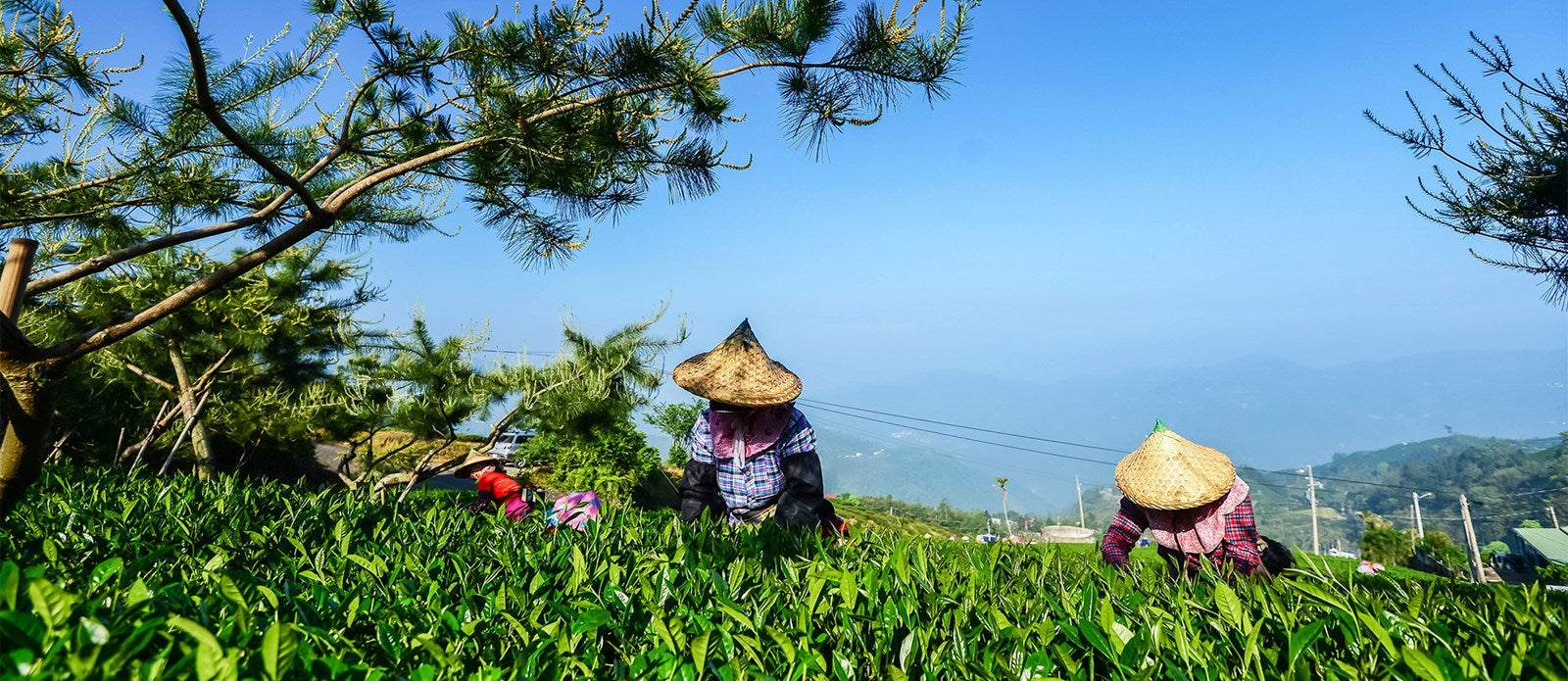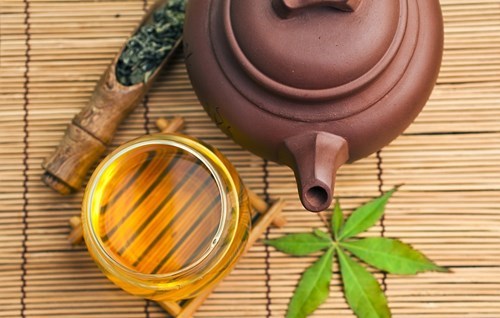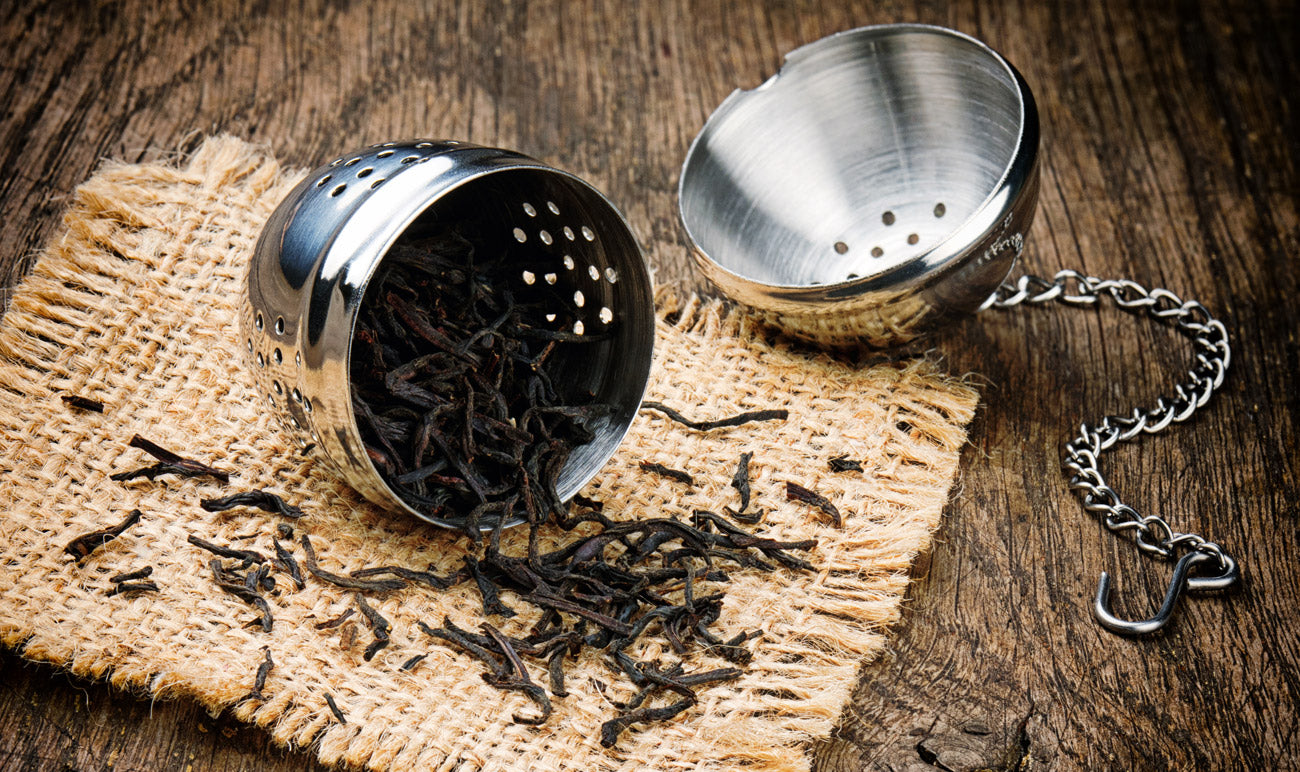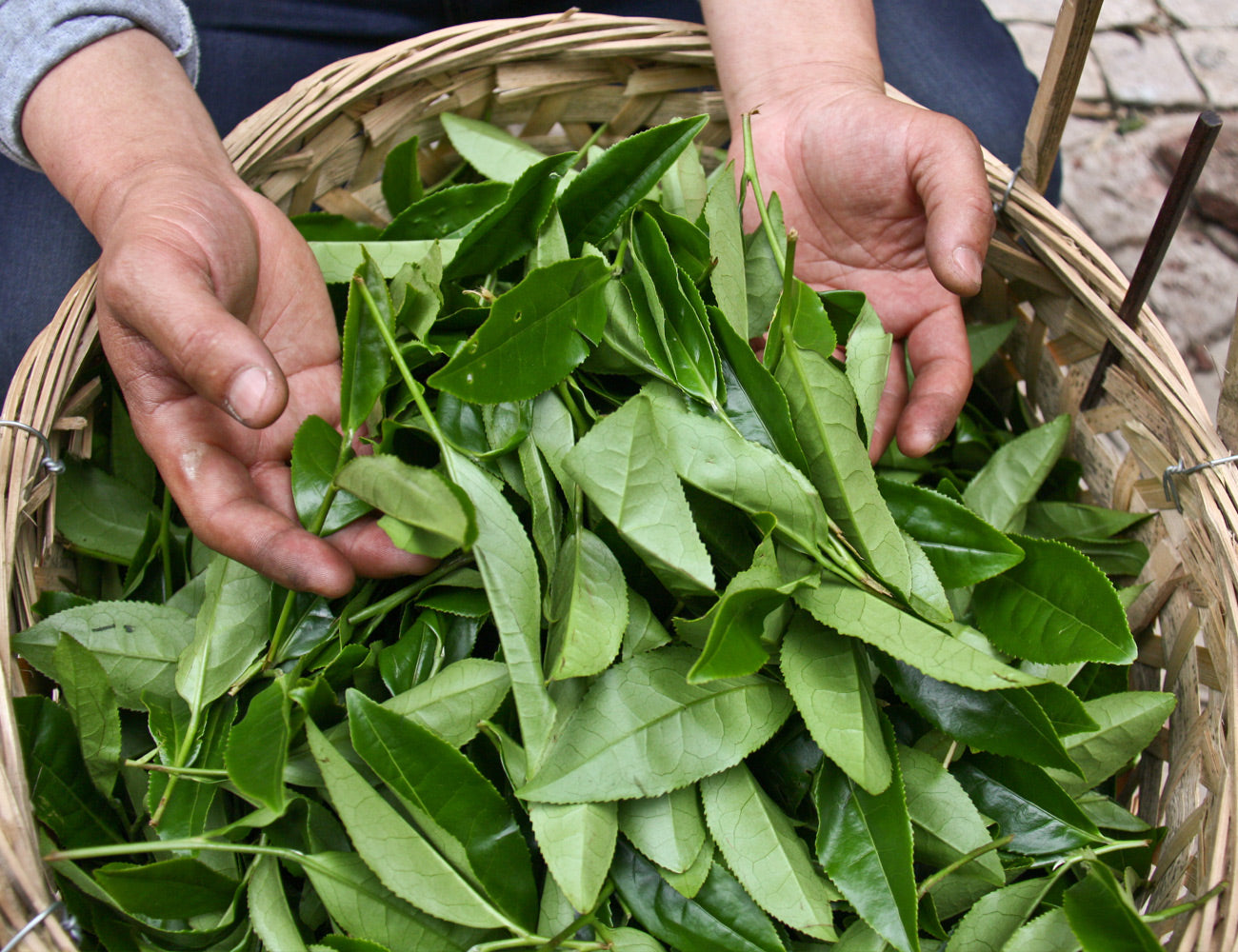Oolong Tea: The Black Dragon
Oolong is a complex, intriguing and multi-faceted tea that holds the most delicate and soft flavour.

Ooo-what? What’s an Oolong When It’s at Home?
Oolong is a lesser known tea here in the West – and what a crying shame that is. For tea lovers and aficionados everywhere, it’s time for Oolong to take its rightful place in the Tea Pantheon. Between rich blacks and herby greens, it should have an elegant throne all of its own.
The Black Dragon
“Oolong” comes from the Chinese Wu Long, which means “The Black Dragon.” And rightly so - Oolong Tea is a complex, intriguing and multi-faceted tea – as mystical as its name suggests.
Why? It’s All Down to How Oolong Is Made
The Oolong tea making process is a tricky one! It can take up to a dozen different steps over a period of two days.
It’s not just down to the quality of the fields, the atmosphere and growing conditions (although these do of course impact the leaves); it’s down to the skill of the processing.
The end result is a tea that strengthens and evolves with each brew, revealing several layers of flavours from the subtle to the dark, rich and smoky. Just like the mythical black dragon it is named for!

So - What’s So Different About Oolongs and Why Are They So Great?
As soon as you pluck a tea leaf, it starts to oxidize. Black teas are fully oxidized; green teas are plucked and swiftly processed with hardly any oxidization at all to keep the green and leafy quality. Oolongs fall in the middle, and come in a variety of ways. Any tea that has been oxidized between 8 – 85% can be considered an oolong.

When the desired level of oxidization is reached, and after the intricate process of bruising, browning, withering, rolling, shaping and firing are done (sometimes several times over), the last step to complete the Oolong is to roast it, which captures its flavour, cementing the level of oxidization. This last phase in the processing is unique to Oolong teas and is considered the real art of Oolong making.

Appearance
While different Oolongs undergo different processes, they normally have two distinct appearances: Some are rolled into long curly leaves, while others are 'wrap-curled' into small beads, each with a tail. The former style is the more traditional of the two in China.
Twinings Oolong Teas are sourced from exceptional tea estates in China, Indonesia, Taiwan and other countries.
Phew! It takes real skill and careful attention to detail. But the result is a captivating concoction that will ensnare the senses!
How to Brew & Serve Oolong
Given the skill of the processing and the complexity of the flavours, this is a tea that demands respect and ceremony when brewing and serving!
We would recommend using a glass teapot so you can watch the leaves unfurl and see the alchemical magic happen.


What makes high quality loose leaf Oolong tea so unusual is that it can be steeped several times – and instead of getting weaker each time (as you’d expect with black and green teas) the infusion becomes stronger and improves with each rebrewing! It is often steeped up to five or six times, the fourth brew is generally considered the best.
Amounts: 3 grams of tea per 200 ml of water (or about 2 teaspoons per tea cup) should be used.
Let your freshly boiled water cool to around 80°C before pouring it over the leaves… and watch and smell as the magic happens.

Traditional Tea Ceremony
If you are interested in the culture behind tea preparation, you can try the traditional Taiwanese and Chinese ceremonial method: Gongfucha or… Kung Fu!
This method uses a small steeping vessel, such as a gaiwan or Yixing clay teapot and a higher tea-to-water ratio is used. Multiple short steeps of 20 seconds to 1 minute are performed; the tea is then served in two-ounce “tasting cups”.


Taste
As we said – Oolongs contain many flavours; each one is unlocked every time it is steeped.
The flavours will depend on its level of oxidization and so they can range from light, floral, vegetal, sunny and buttery if on the early scale of oxidization to chocolatey, nutty and woody flavours.
The Twinings Oolong Range
Our Master blenders have sourced a selection of premium loose leaf Oolong teas from China, Indonesia and Taiwan.








